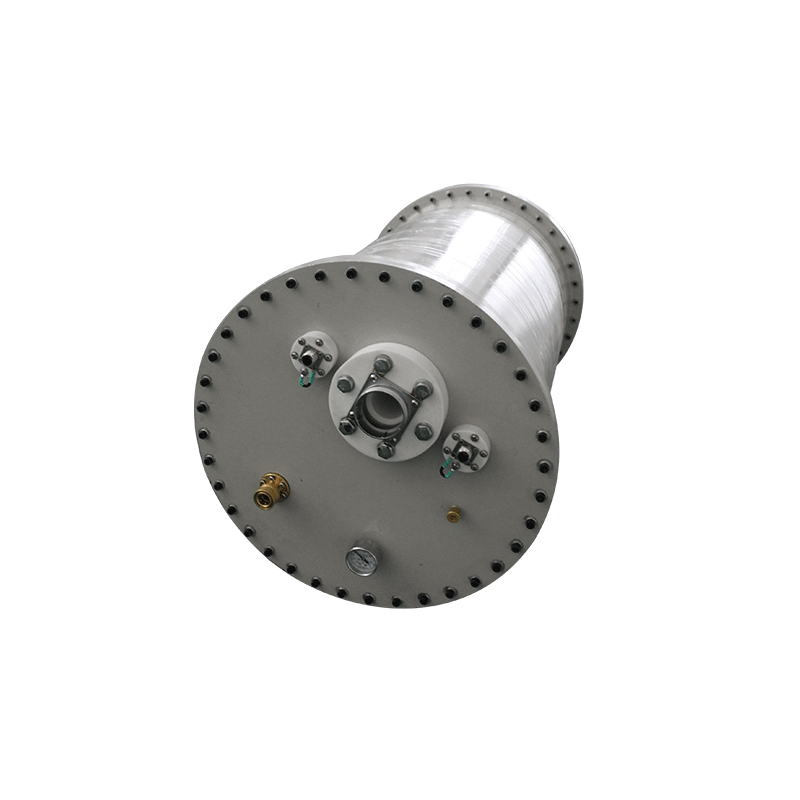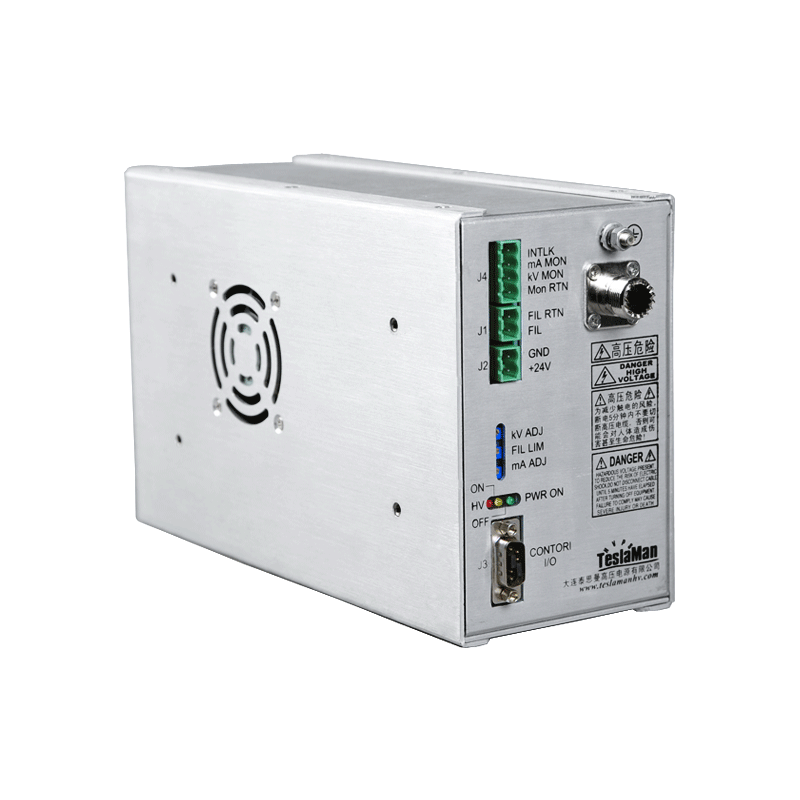Stable Power Supply for DNA Sequencers: Technical Challenges and Solutions
In DNA sequencing technologies, particularly capillary electrophoresis-based platforms, the stability of high-voltage power directly determines base-calling accuracy and sequencing reproducibility. Such equipment typically requires 5-20 kV DC high voltage and must maintain output errors below 0.01% in constant voltage, current, or power modes. However, factors like multi-channel parallel sequencing, ambient temperature fluctuations, and load transients pose severe challenges to power stability.
1. Core Stability Challenges
Multi-channel interference:
Traditional designs use multiple independent power supplies for different capillary channels, but electromagnetic interference between units causes voltage fluctuations that affect electrophoresis migration uniformity. Studies show voltage variations exceeding 0.05% can induce band diffusion or migration shifts, reducing resolution.
Environmental sensitivity and thermal effects:
Power output is temperature-sensitive. A temperature coefficient beyond 25 ppm/°C may exacerbate Joule heating in gels, leading to sample denaturation or abnormal migration rates. Sequencers also require ambient temperature stability (±2°C) and humidity (20%-80%) to avoid triggering protective shutdowns.
Load transient risks:
During automated sample loading or capillary switching, instantaneous current changes may occur. If power response latency exceeds microseconds, arcing or voltage overshoot can damage optical detection modules.
2. Key Technical Solutions
Integrated multi-output architecture:
Modern designs employ a single control chip (e.g., FPGA) with multiple DC/DC boost modules. The chip receives control curve data from a host computer, generating independent PWM signals to drive each module. This achieves synchronized multi-channel output with crosstalk below 0.01% ripple and enables real-time voltage calibration.
Closed-loop feedback and adaptive control:
Voltage/ripple monitoring: Analog-to-digital converters sample output voltage and ripple frequency, dynamically adjusting PWM parameters to maintain ±0.01% voltage precision.
Temperature-power coupling: Integrated temperature sensors reduce output power when gel temperature exceeds thresholds, preventing diffusion.
Intelligent protection mechanisms:
Micro-current sustainment: Automatically switches to low current (e.g., 1 mA) after timed electrophoresis to prevent band diffusion.
Hierarchical circuit breaking: Current sensors detect overloads or short circuits, triggering immediate disconnection of faulty loads via driver units.
3. Collaborative Monitoring System Design
Power stability requires system-wide coordination:
State storage and auto-recovery: Non-volatile memory logs power status during outages, enabling seamless resumption of long runs (e.g., 11-day protocols).
Multi-sensor fusion: Pressure, flow rate, and bubble sensors feed real-time data to the computer system, which dynamically adjusts power output. For example, reagent flow anomalies pause voltage delivery until resolved.
4. Impact and Future Trends
Stable high-voltage power significantly enhances sequencing reliability: In the Human Genome Project, it reduced error rates from repetitive sequence misreads by 0.1%. Future advancements will focus on:
Ultra-high precision: Ripple control below 0.001% for single-molecule sequencing;
Energy efficiency: Gallium nitride (GaN) power devices to minimize losses in portable sequencers.
--
Table: Core Performance Requirements for High-Voltage Power in DNA Sequencing
| Parameter | Requirement | Impact |
|-----------------------|---------------------|-------------------------------|
| Output Voltage | 5-20 kV | Determines migration speed & resolution |
| Output Stability | <0.01%/8 hours | Affects base-calling accuracy |
| Ripple Noise | <0.01% P-P | High values cause band diffusion |
| Temperature Coefficient | ≤25 ppm/°C | Prevents thermal diffusion |
| Fault Response Time | <1 microsecond | Prevents optical component damage |
As the power heart of DNA sequencers, stable high-voltage supplies are guardians of data accuracy. Through integrated multi-channel control, adaptive feedback, and system-wide collaboration, modern power technologies are driving sequencing precision to new heights.




















